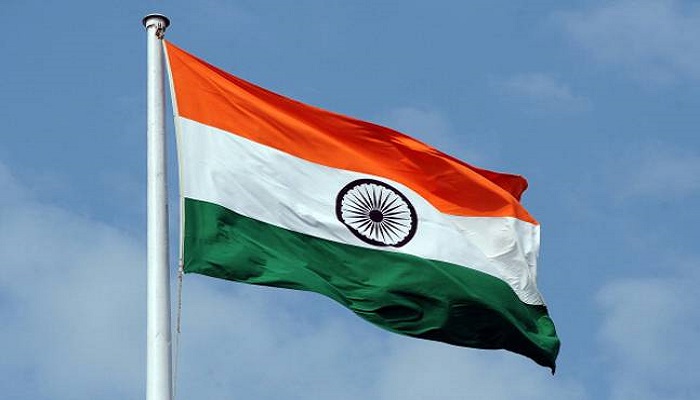By Namta Gupta
New Delhi, June 9, 2020: When External Affairs Minister of India Dr. S. Jaishankar tweeted his elation at the recently uncovered Monolithic sandstone Shivalinga of 9th CE again it proved just how far India traveled along with Hinduism.
The team of experts of the Archaeological Survey of India found the intact Shivalinga in an ongoing conservation project at Cham Temple Complex, My Son, Vietnam.
This Temple complex was built in the 9th century AD under the reign of King Indravarman II who also built the famous Dong Duong Buddhist Monastery in Quang Nam Province.
The fact is that Indo-Vietnam ties are as old as one can go. In fact, they date back to 2nd century AD and the best way to gauge Indian influence is to see them in the Cham Temples.
Hinduism and India traveled on the shoulders of merchants and traders
Indian traders and merchants traveled far and wide to explore new opportunities for business. In return, cultural links started forming, particularly in South East Asia. Vietnam was one of the nations with which these daredevil traders forged business ties.
Buddhist monks also traveled far and wide from India to spread religion but the Indian maritime traders are credited for the establishment of the Cham kingdom.
Several Historians suggest that the first oldest Hindu kingdom, Funan ruled from Vyadhapura, was actually established in the lower valley of the Mekong.
In fact, a Speech by Secretary(East) at the Indian Council of Cultural Relation in New Delhi on Indo-Vietnam cultural relations on February 22, 2016 shows just how much India and Vietnam have connected on spiritual basis.
Prof. Lokesh Chandra, President of ICCR, had then explained that as per an inscription, Kaundinya defeated and married the Nagi princess soma in the first century B.C.
Chandra also said that according to Chinese sources, the name Chiem Thanh derived from word Champapura and the name of Champa was mentioned in Sanskrit inscriptions of 658 A.D, has been discovered from central Vietnam. Most of the king’s names were in Sanskrit; such as Bhadravarman, Indravarman, etc, he had told the gathering.
The Sanskrit inscriptions of Cham time reflect the popularity of Sanskrit language and literature in the ancient Vietnamese society. It is believed that Bhadravarman was versed in Vedas, the Professor said and added that the marriage, funeral ceremonies, and other traditions resembled those in India during that time.
The salient features of fine arts, dance, music, painting, sculpture, and handicraft are also evident in the cross-cultural linkages between India and Vietnam. Ruins of about 200 Hindu temples scattered in Vietnam are a live story of India’s civilizational links. My Son was the first temple city of Champa was established by Bhadravarman in the 4th Century and My Son temple architecture has a resemblance to Indian Temple architecture. This has been a Shavaite tradition and the alphabets of Cham language sound like the Hindi varnawali, Chandra said.
He also said that the carvings of Cham period depicted events of Ramayana and Indian mythology such as the Marriage ceremony of Ram -Sita, Krishna playing the flute, Indra, and Dancing apsaras, Vishnu and Sheshnag and the Shivling.
The depiction of musical instruments such as Pakhawaj, Mridangam, Drums etc are reflective of the influence of Indian music. Vietnam’s famous ‘Lakhon Bassac’ dance drama is based on the epic of the Ramayana (Ramleela). The legacy of Champa’s arts includes brick temples, fully round sculptures both in stone and bronze, high reliefs, bas-reliefs, ceramics and embossed metal works. Probably the image and pose and the gestures of most widely illustrated of all the Cham sculptures is the 10th century “Tra Kieu dancer” reflects Indian influences, he asserted.
Kenya: The Shiva Temple where devotees petition to get wishes fulfilled
Professor Chandra also highlighted that there is also an influence of the Tamil Chettiyar community in Ho Chi Minh City where there are three temples and one of them particularly the Mariamman temple has both Indian and Vietnamese devotees.
Turkey: 4700-year old ‘Alive’ Shivalingam discovered by Sadhguru (Video)
Help us keep journalism alive. Donate.

